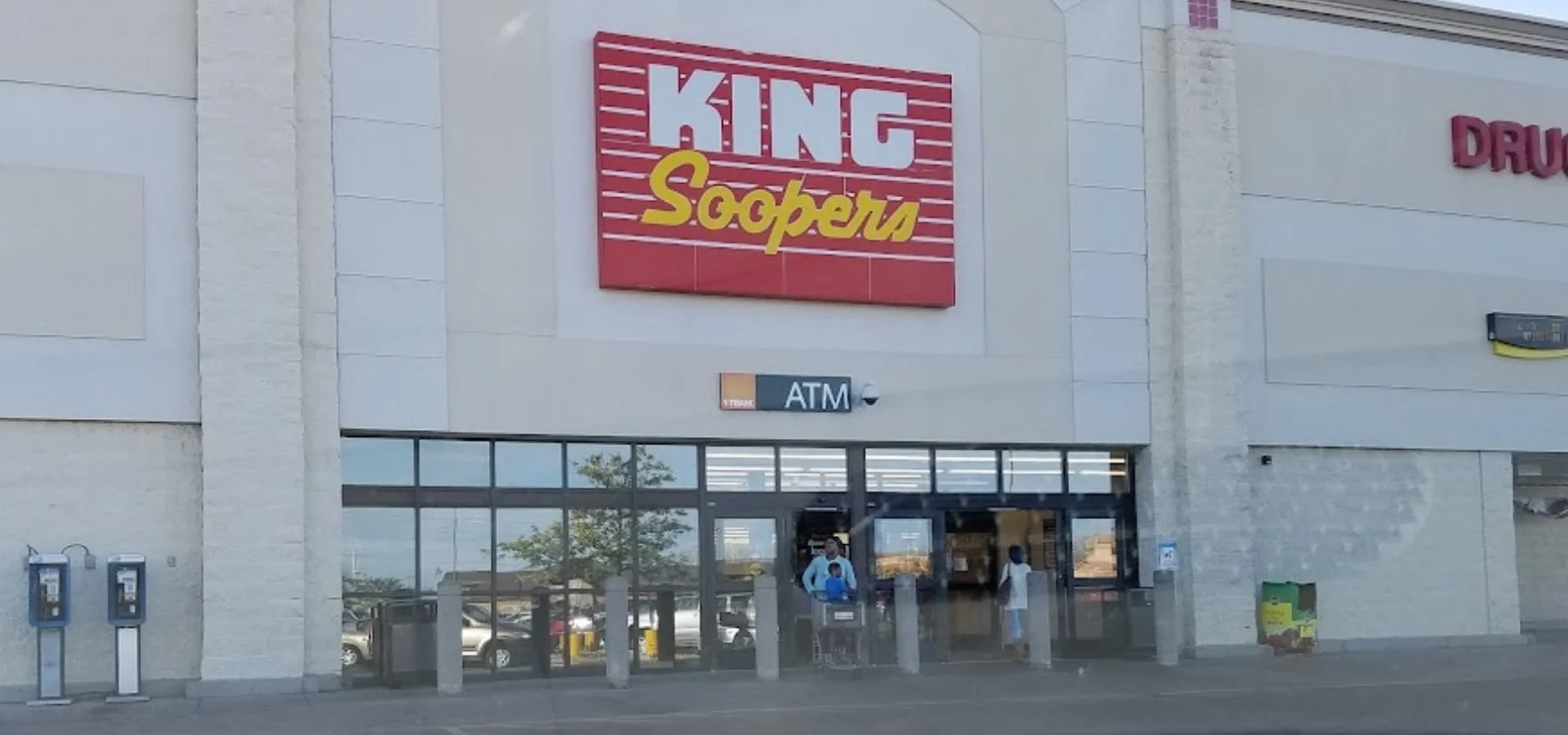By Maddy Johnson
When driving past a King Soopers in a different part of the state or across town, there is the expectation that despite the unfamiliar surroundings, the inside of those four walls will be familiar–a semblance of your own King Soopers. Sort of like how you know that Diet Coke at McDonalds will taste the same as one from Chick-fil-A…. The unfortunate reality, however, is that not all grocery stores–even those of the same chain–are created equally.
In places experiencing food apartheid, opening up a neighborhood grocery store is often a top priority. Unfortunately, the work isn’t over once a grocery store is opened in a neighborhood experiencing food apartheid.
There are studies that grocery stores in lower-income neighborhoods not only stock less healthy foods, but that the healthy foods they do stock, i.e., fruits and vegetables, are of poorer quality. Additionally, the grocery stores in these neighborhoods are often more expensive–the reality is paying more for worse food.
In the Springs, this difference is apparent and immediate. The King Soopers on South Academy, which is located in a lower-income area, did not have any flowers or plants outside of the store, whereas the King Soopers on Uintah had a plethora of potted flowers on either side of the entrance. The King Soopers on Uintah also had a Redbox to rent movies outside of the store, whereas the King Soopers on South Academy did not. Additionally, the King Soopers on Uintah was more geared towards organic produce; there were 11 signs for organic produce at this King Soopers versus 4 at the other one. The King Soopers on South Academy also had a larger security presence and did not smell as nice inside.
The produce section at King Soopers on Uintah focuses on organic produce, which is grown in a more environmentally conscientious manner. There is a strong overlap between people who prefer organic produce and who are very health-conscious.
The produce section at King Soopers on South Academy focuses on lower prices. Conditions in the store are notably less inviting with harsher lighting and floors that appear more dirty after use. While not shown in these pictures, the produce section is also smaller overall at King Soopers on South Academy.
Having a grocery store, although a step in the right direction, isn’t enough. The quality and pricing of food is just as important as access to it. In order to improve health outcomes and achieve genuine food justice, it is important that retailers are committed to serving all neighborhoods equitably.



